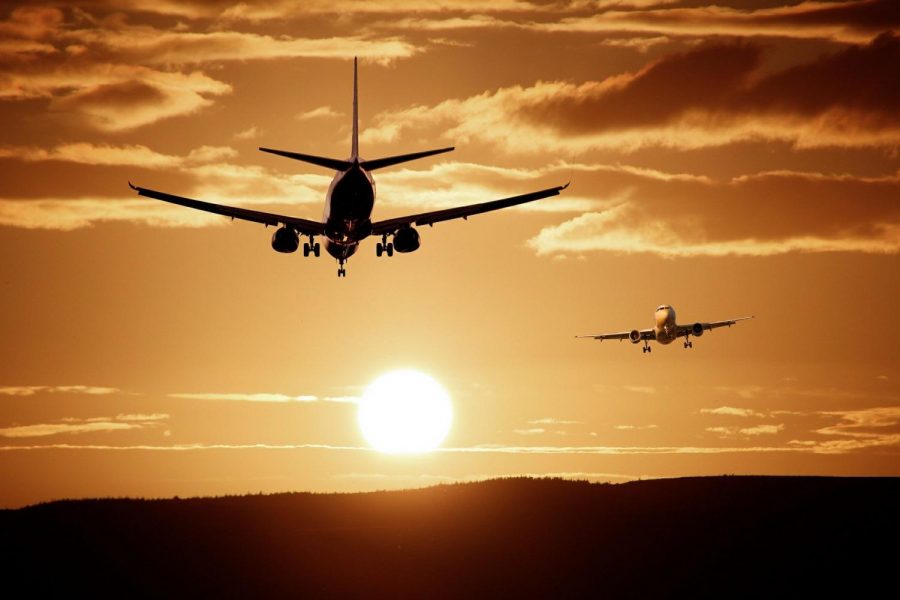Future of Travel and Tourism After COVID-19
There are several ways Covid-19 has affected tourism and travel in the world today. Quarantine restrictions, such as being obliged to self-isolate for 14 days after visiting countries, as well as the fear of getting infected with the disease, have significantly reduced the number of tourists. Due to the coronavirus pandemic, tourism and travel industries have gone broke. According to the World Travel and Tourism Council (WTTC), travel and tourism create 1 in 10 of the world’s jobs. However, in the present, an estimated 100 million tourism and travel jobs and 25 million aviation jobs are at risk. Moreover, by the end of 2020, international tourism is expected to decline by 80%, resulting in up to $1.2 trillion in lost revenues. This shows how big of an impact the global spread of coronavirus has and how much our global economy relies on tourism.
Judging from the current situation, it is clear that tourism and travel are not the same as they were before the outbreak of the disease. It is not guaranteed that there will not be a second outbreak of Covid-19, nor is it certain how long this situation will continue on for. So, how do tourism and travel look in the future? Well, as the global coronavirus pandemic has stymied overseas travel, “Staycation” is regaining its popularity among many people. “Staycation” is basically a period in which an individual or family stays home and participates in leisure activities within day-trip distance of their home and does not require overnight accommodation. Basic activities to do for a “Staycation” includes visiting places in the local area such as museums, galleries, restaurants, and maybe going to remote locations near home such as campsites and lakes. Or it could even be that all the activities are carried out in one’s own home. Transforming one’s home into a vacation spot is a new and extreme form of “Staycation”, which became a new trend during the pandemic. It was even reported by Hanssem Co. Ltd, South Korea’s largest home furnishing company, that the number of houses they have refurbished in the second quarter of 2020 tripled from the number in 2019, which led to a 172% hump in its consolidated operating profit. This clearly illustrates the impact of Covid-19 on families’ travel and how “Staycations” have been taken to another level.

One great example of this new trend is the idea of home-camping with a virtual campfire. This idea of home-camping, which is where people set up camping gear and barbecue at home just as they would in the woods, has recently gained popularity in South Korea. To do this, camping equipment such as a tent, folding chairs, along with decorative objects such as lanterns, light bulbs, are bought. The campfire may also be replaced with a crackling fire video on TV, further creating an atmosphere of authenticity. According to South Korea’s retail giant E-Mart Inc., sales of camping equipment from April to mid-July jumped 51.6% year-on-year. This shows that despite the pandemic, many Korean families are still enjoying their leisure time in different ways.
This article explored the new trend of “Staycation” and specifically how families are able to enjoy their leisure time at home. Given the current situation, we are not able to enjoy travel as much as we did before COVID-19. We do not know how long this pandemic will last for. However, we shouldn’t be discouraged and should make best efforts to find new ways to spend our leisure time, as well as to focus on making new memories with family and friends.










